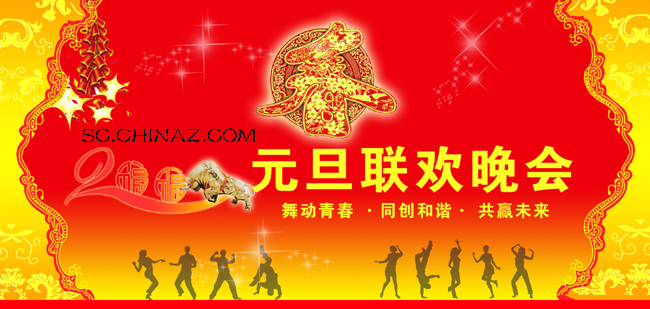The origin of New Year's Day, the meaning of New Year's Day, the legend of New Year's Day, the poetry of New Year's Day, the history of New Year's Day, the customs of New Year's Day
The origin of New Year's Day, the meaning of New Year's Day, the legend of New Year's Day, the poetry of New Year's Day, the history of New Year's Day, and the customs of New Year's Day.
New Year’s Day; New Year
China's New Year's Day, according to legend, originated with Zhuanxu, one of the Three Sovereigns and Five Emperors, and has a history of more than 3,000 years. The term "New Year's Day" first appeared in the Book of Jin: "Zhuanxu took the first month of early summer as the beginning, which is actually the spring of the New Year's Day." In the Southern and Northern Dynasties, Xiao Ziyun, a literary historian of the Southern Dynasty, also recorded in his poem "Jieya": "The new New Year's Day in four seasons, the beginning of the spring in the New Year." In Volume One of Menglianglu by Wu Zimu of the Song Dynasty under the heading "First Month," it says: "The first day of the first lunar month is called New Year's Day, commonly known as the New Year. This is the first of all seasonal festivals." In the Han Dynasty, Cui Yuan referred to it as "Yuanzheng" in his work "Three Sons' Hairpin Inscription"; in the Jin Dynasty, Yu Chang called it "Yuanchen" in his "Yangdu Fu"; during the Northern Qi Dynasty, it was referred to as "Yuan Chun" in a piece titled "Yuanhui Daxiang Ge Huangxia Ci"; and in Emperor Dezong Li Shi's poem "New Year's Day Returning to Camp After Court," it was referred to as "Yuan Shuo."
In the excavation of Dawenkou cultural relics in our country, a picture was found showing the sun rising from the top of a mountain, with clouds swirling in the middle. After examination, this is determined to be the oldest written form of the character "旦" (dàn) in China. Later, on the bronze inscriptions of the Shang Dynasty, a simplified pictographic character for "旦" appeared. The character "旦" is represented by a round sun. The "一" (yī) below the "日" (rì) represents the horizon, symbolizing the sun slowly rising above the horizon.
China's New Year's Day has always referred to the first day of the first lunar month in the Xia calendar (lunar calendar). "Yuan" means "initial" or "beginning," while "dan" refers to "day." Together, "yuandan" means "the initial day," or the first day of the year. In various Chinese dialects, it has different names, such as "the first day of the New Year," "the first day of the big year," "the first day of the year," and generally "the first day of the first lunar month."
